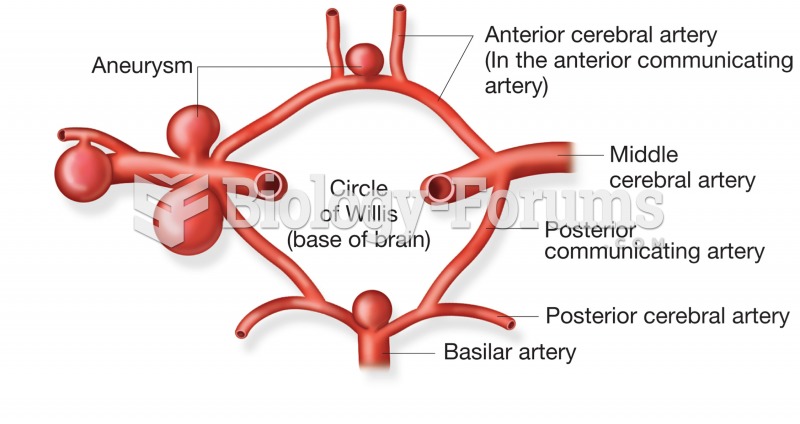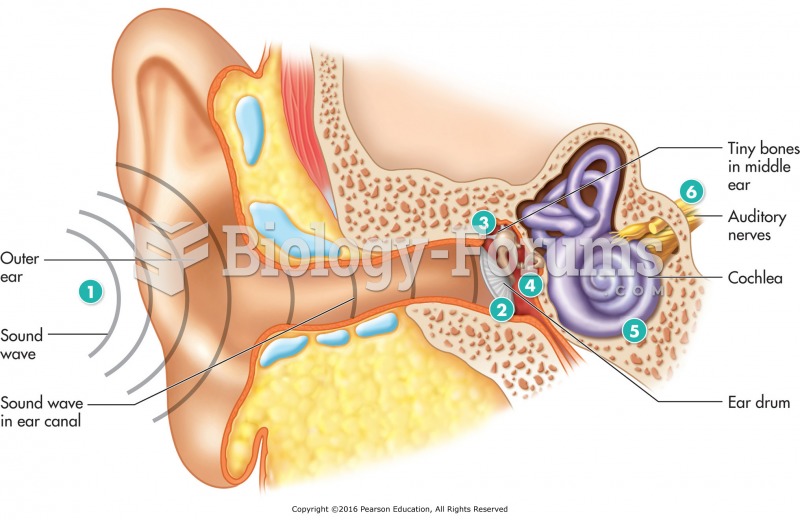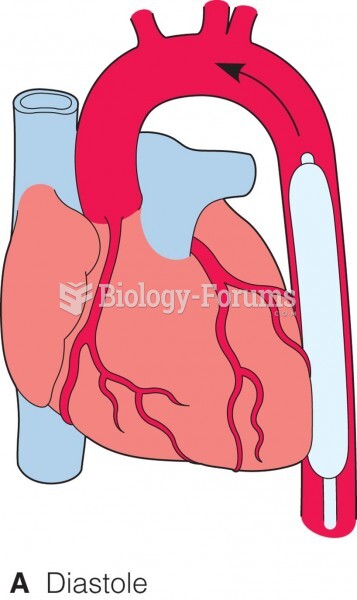The sense of hearing is truly bilateral. Each ear sends messages to both cerebral hemispheres. The switching station where the nerve fibers from the ears cross over is in the medulla, part of the hind brain. From the medulla, other nerve fibers carry the messages from the ears to the higher parts of the brain. Some messages go to the brain centers that coordinate the movements of the eyes, head, and ears. Others travel through the reticular formation, which probably tacks on a few special wake up or ho hum postscripts to the sound messages. The primary destinations for these auditory messages are the auditory areas in the temporal lobes of the two cerebral hemispheres.
a. The sense of hearing is truly bilateral.
b. Some messages received through the nerve fibers of the ears are lost in the switchover to other parts of the head.
c. Some of the messages received by the brain are special wake up calls and some are ho hum messages that can be immediately discarded.
d. The sense of hearing is bilateral with each ear sending messages to the cerebral hemisphere which in turn switches the message to the medulla and then to higher parts of the brain.
Question 2
Conventional supermarkets and drug stores and traditional shoe stores are examples of retailers defining their target markets broadly. They have a wide assortment of medium-quality items sold at popular prices. In contrast, a small upscale men's shoe store or a fruit and vegetable store exemplifies the retailer selecting a well-defined and specific consumer group and offering a narrow, deep product assortment at above-average prices (or in other cases, below-average prices). A retailer aiming at one segment does not try to appeal to everyone.
a. comparison-contrast
b. explanation c. enumeration and example







